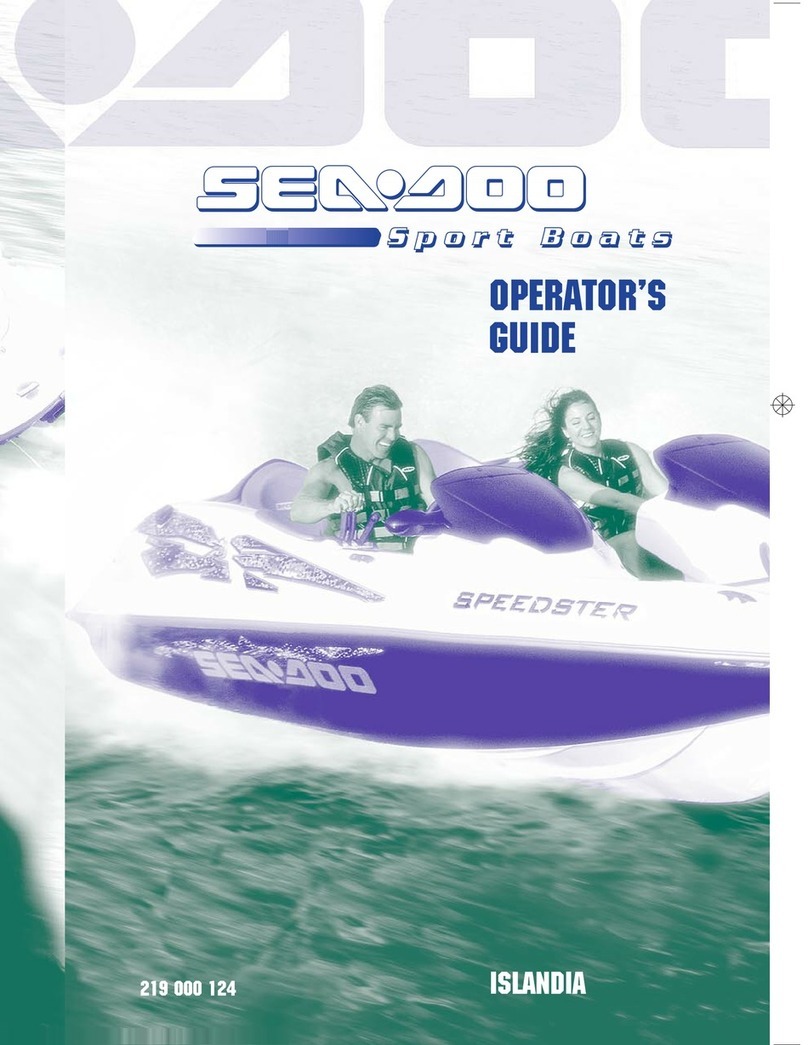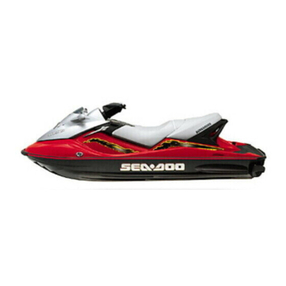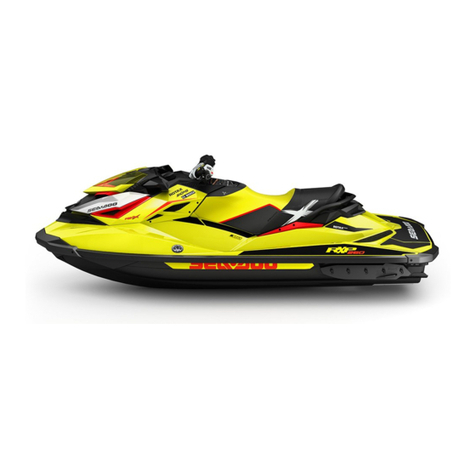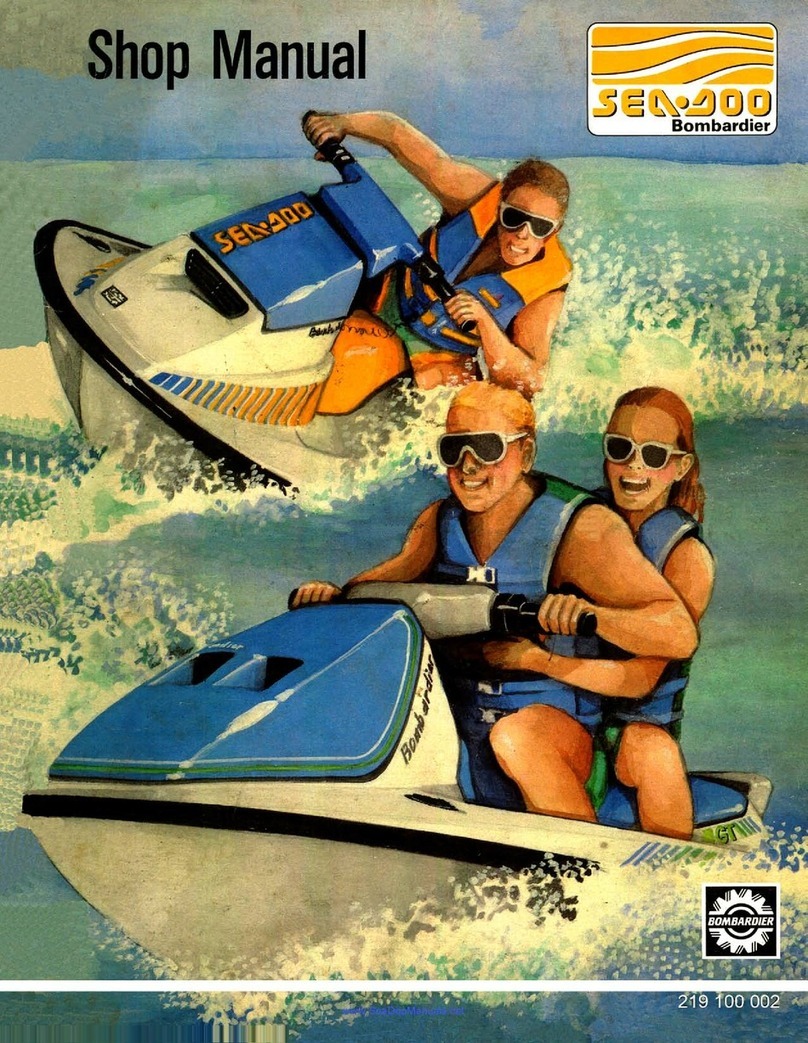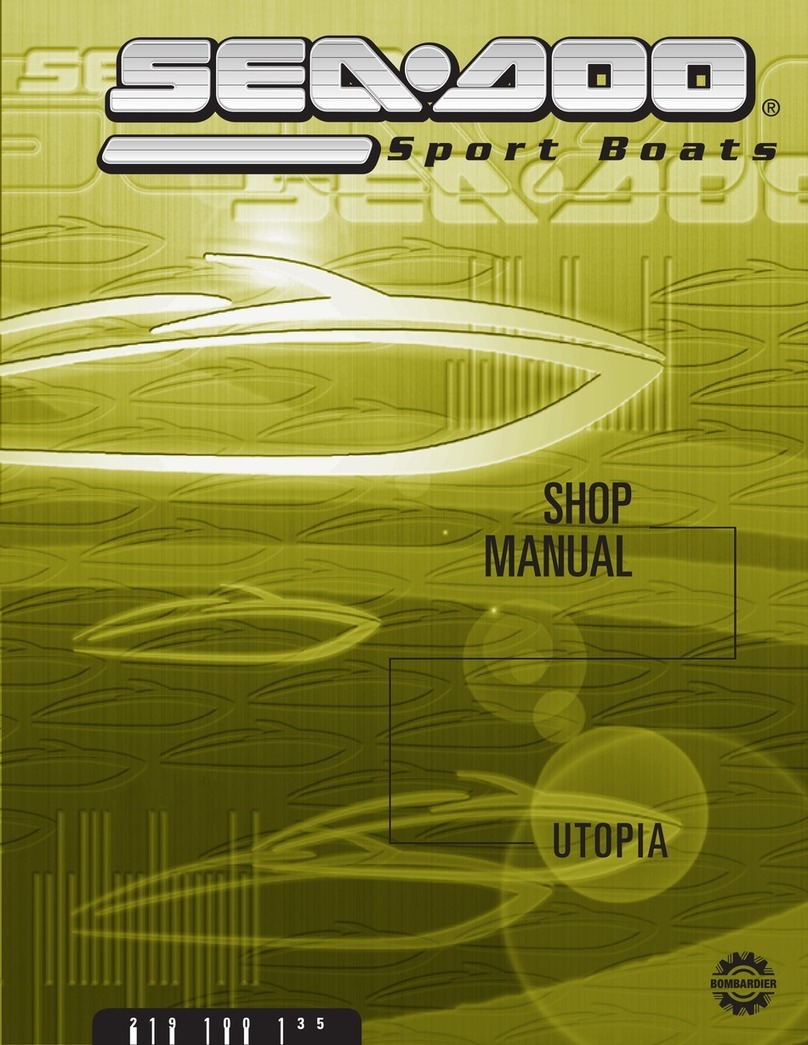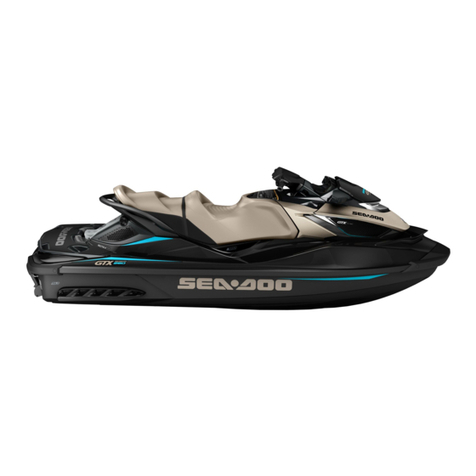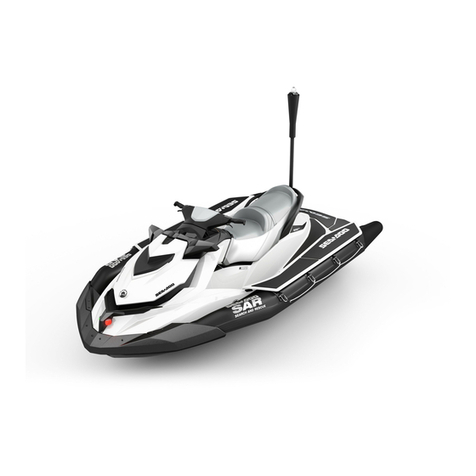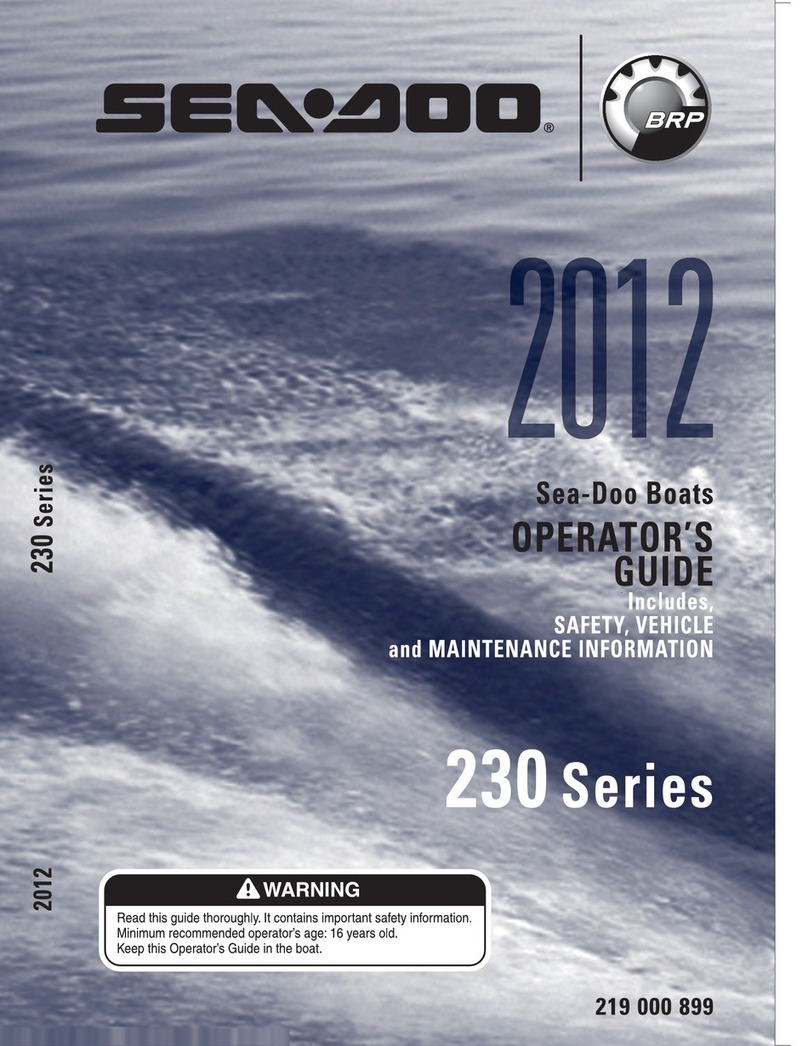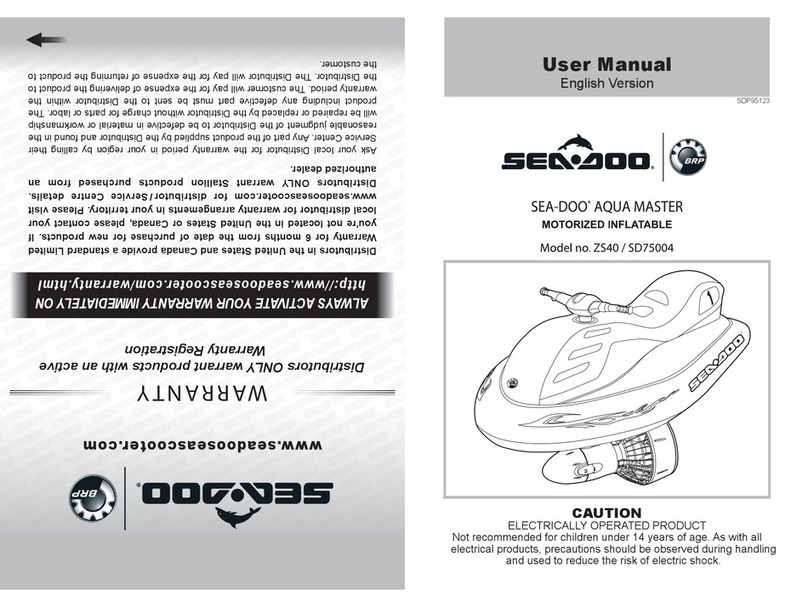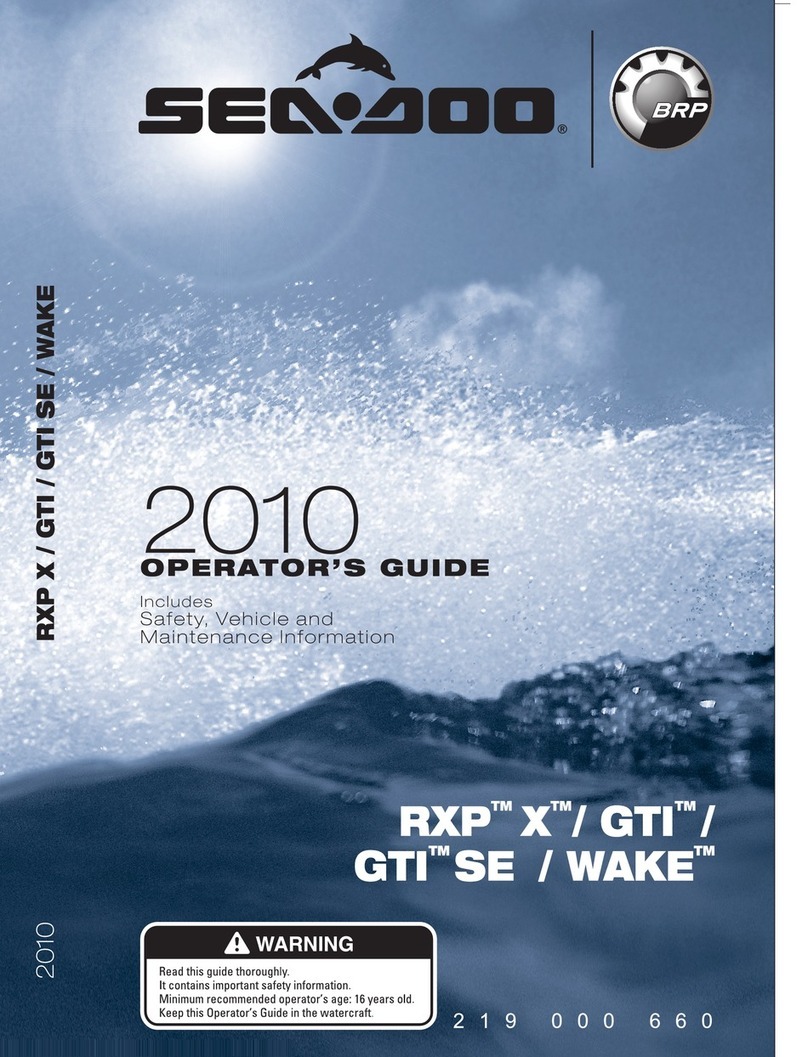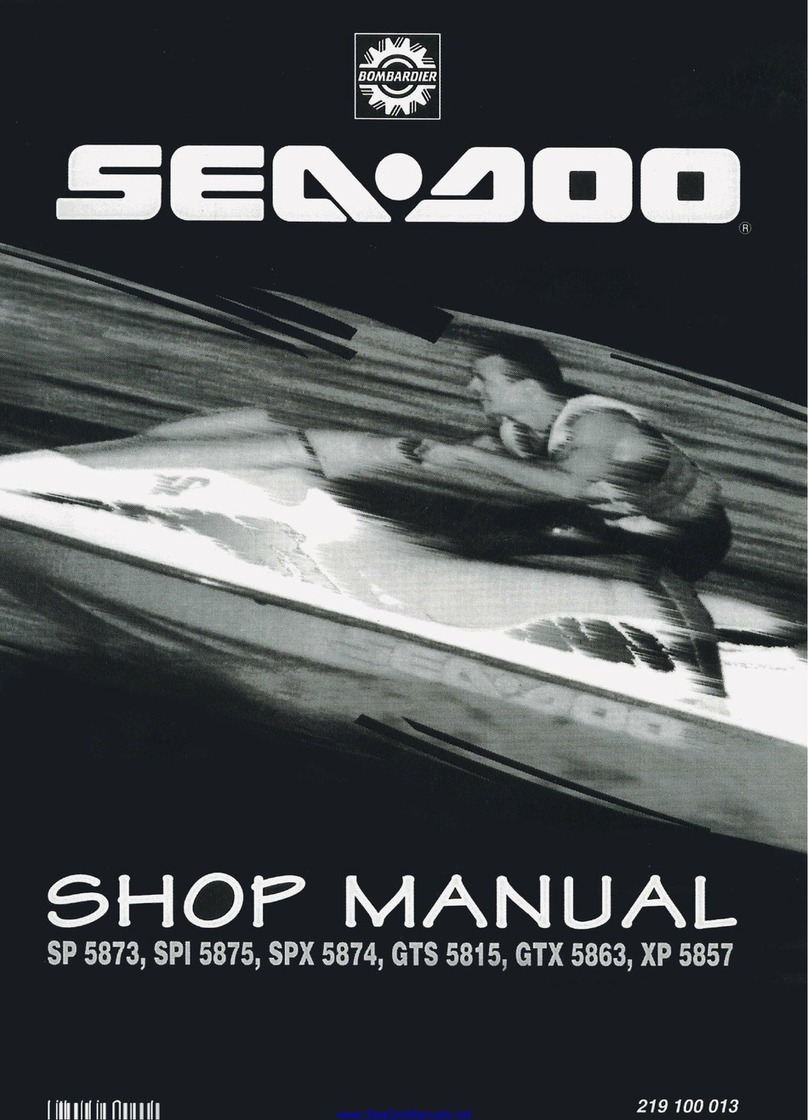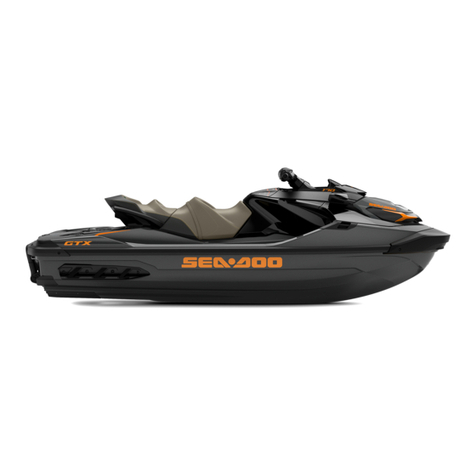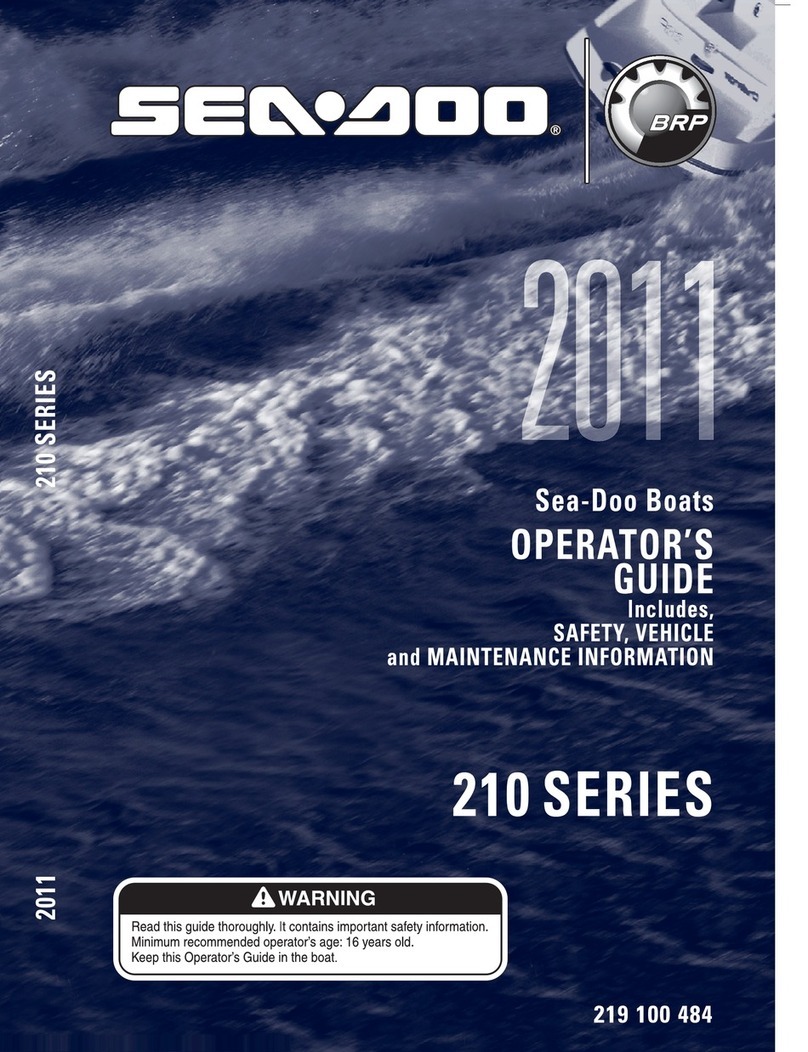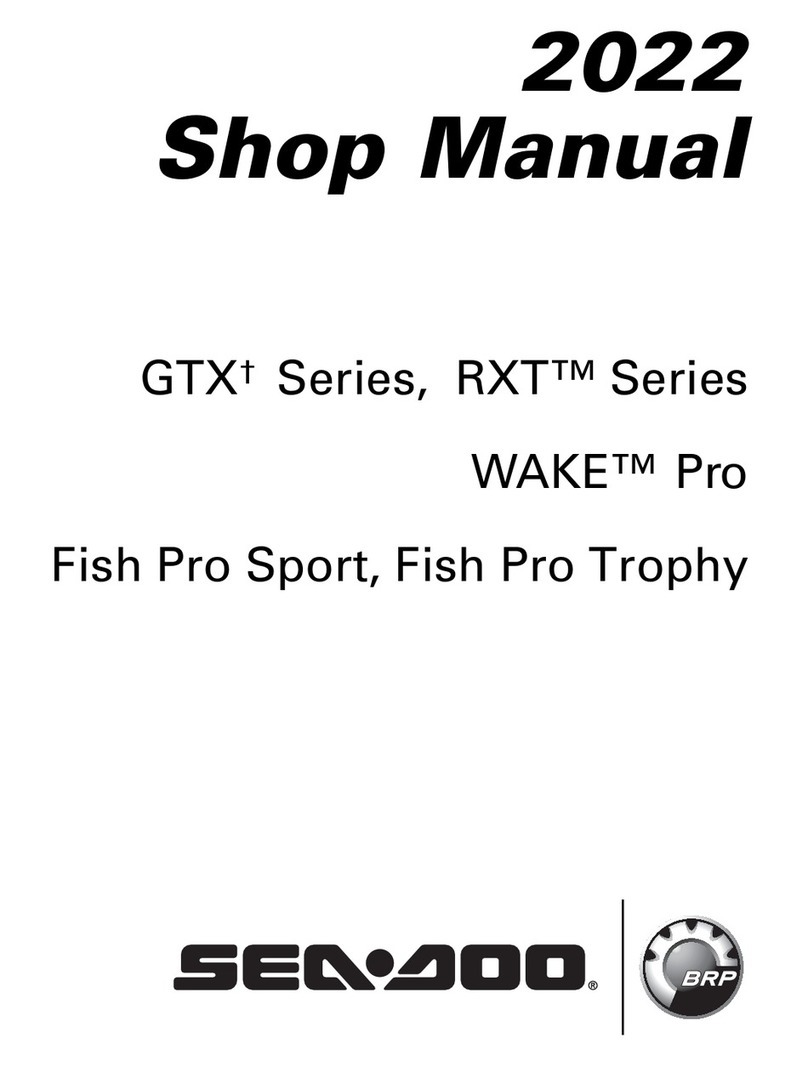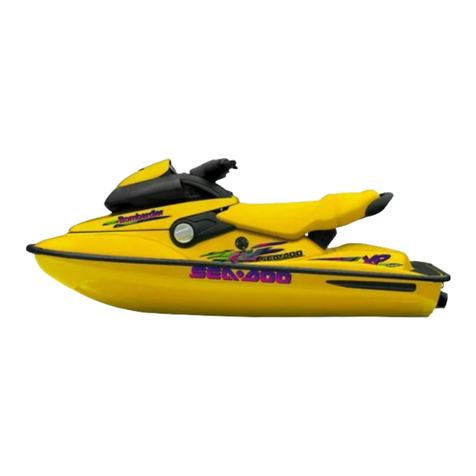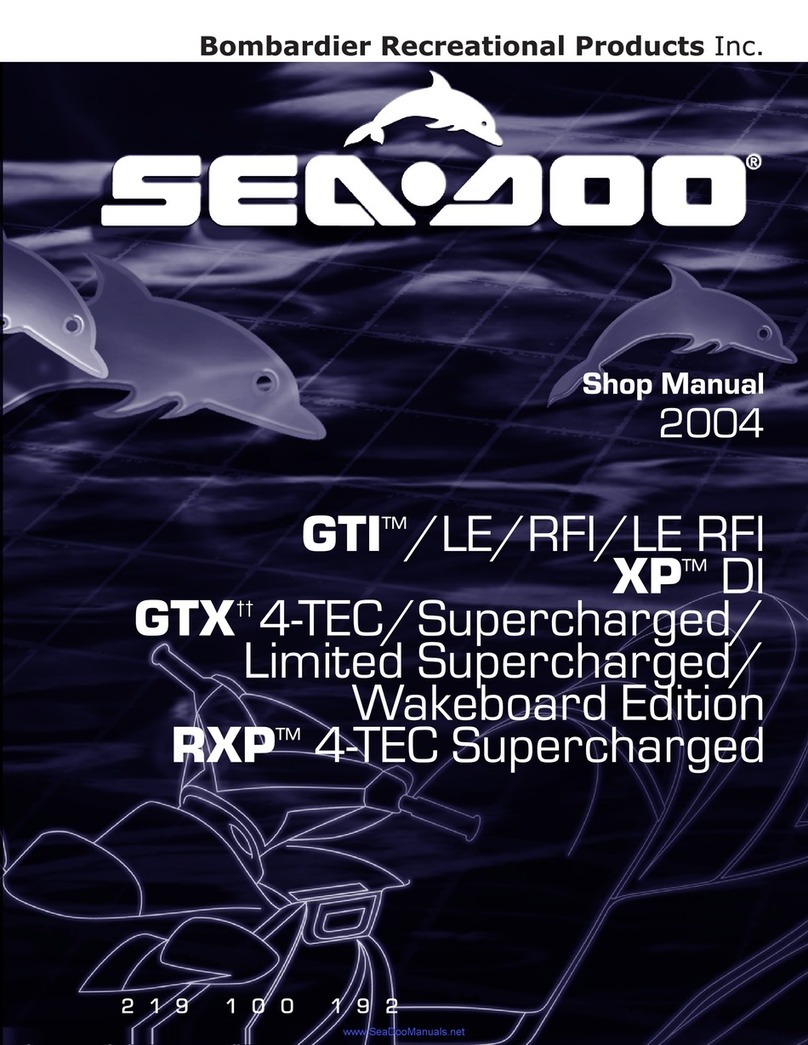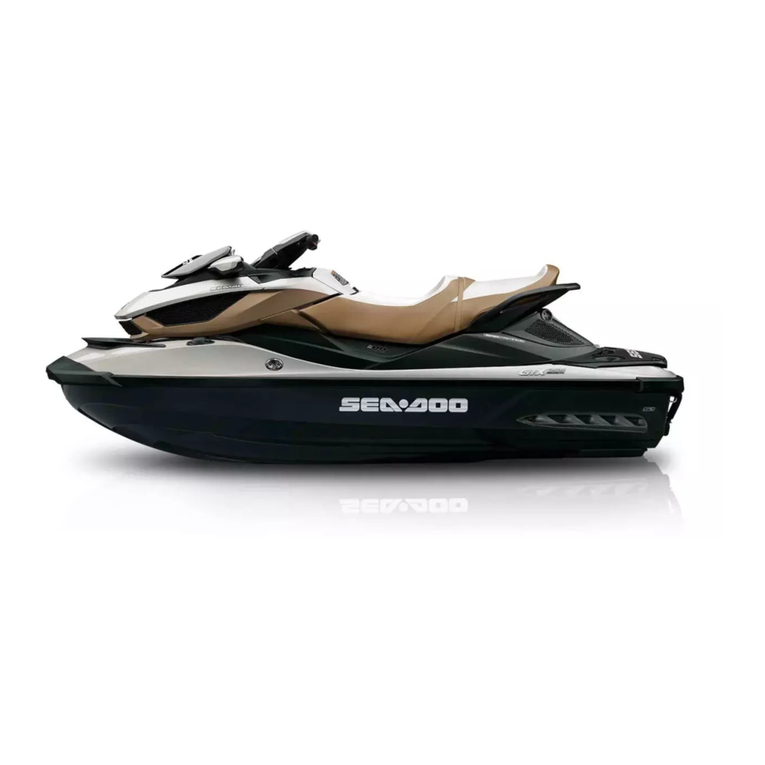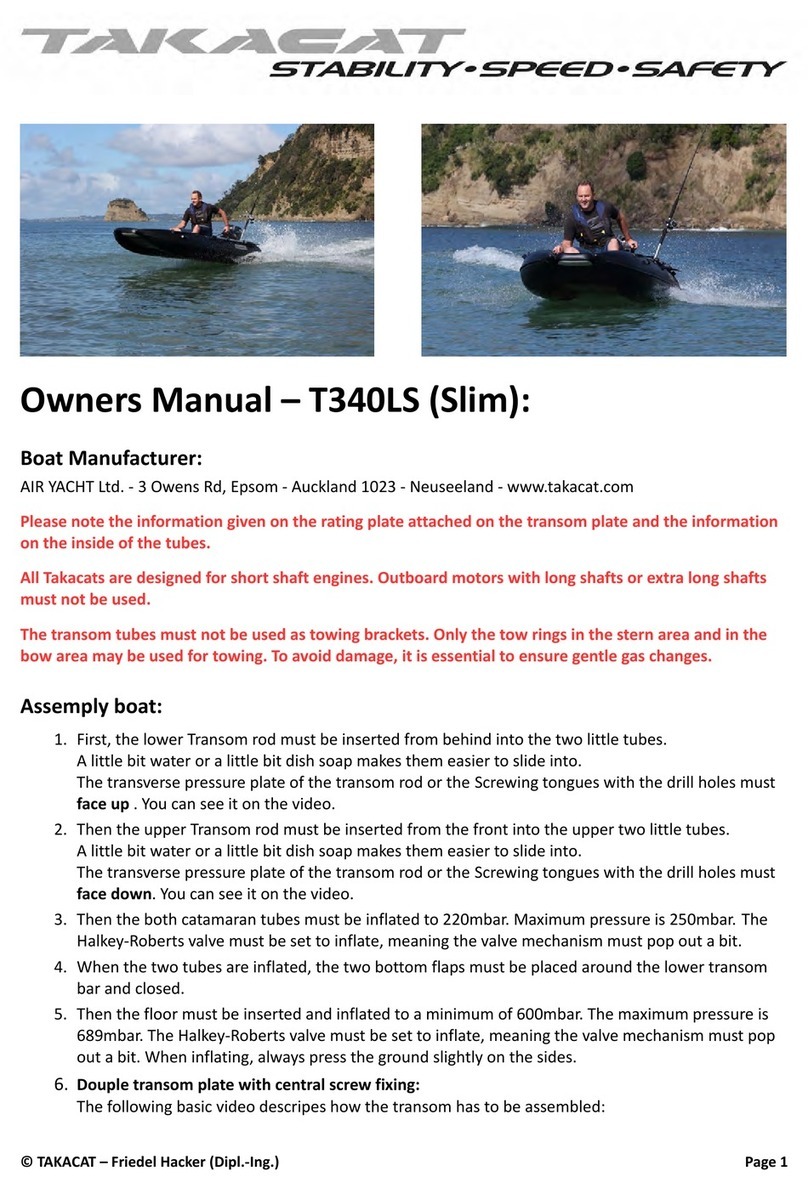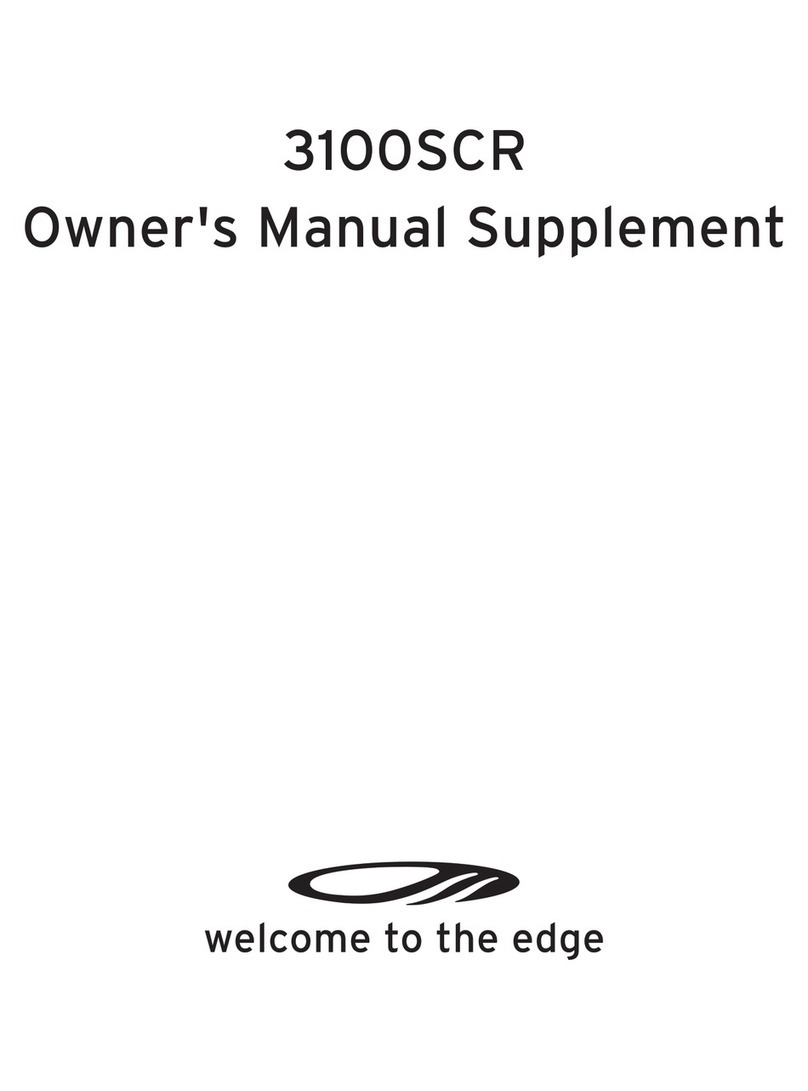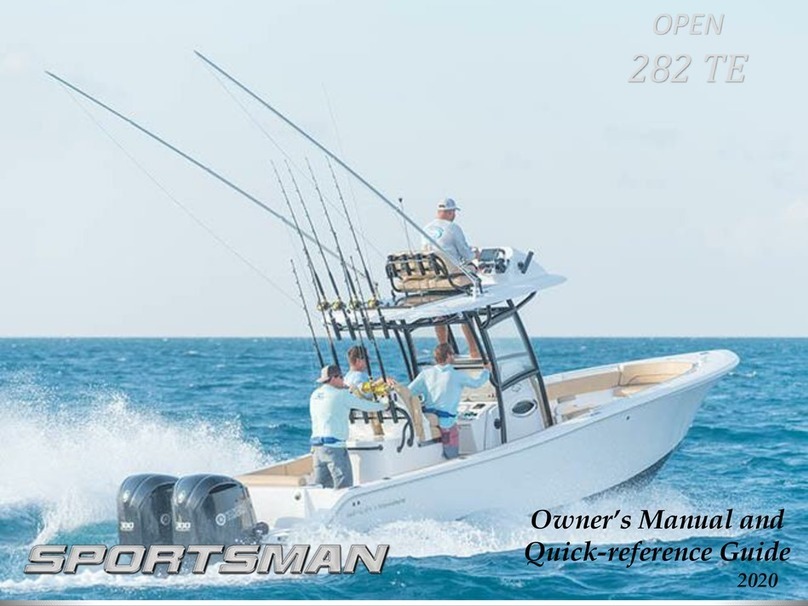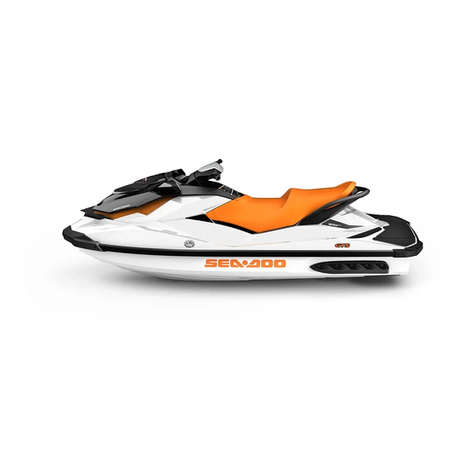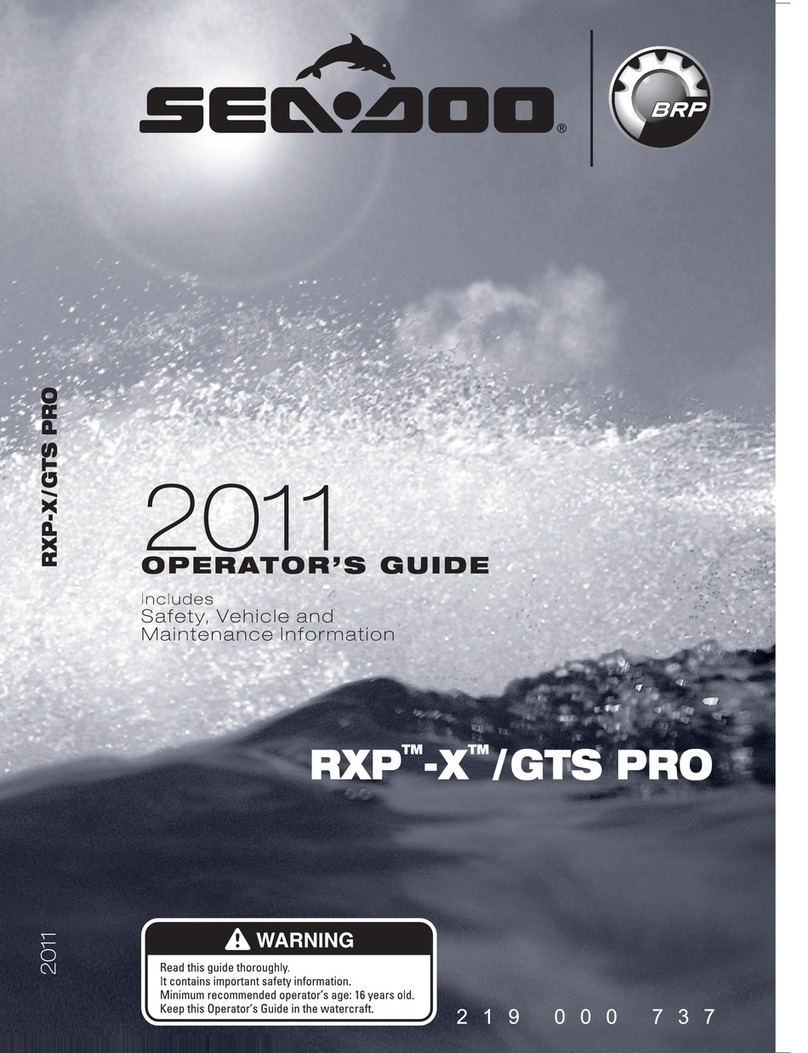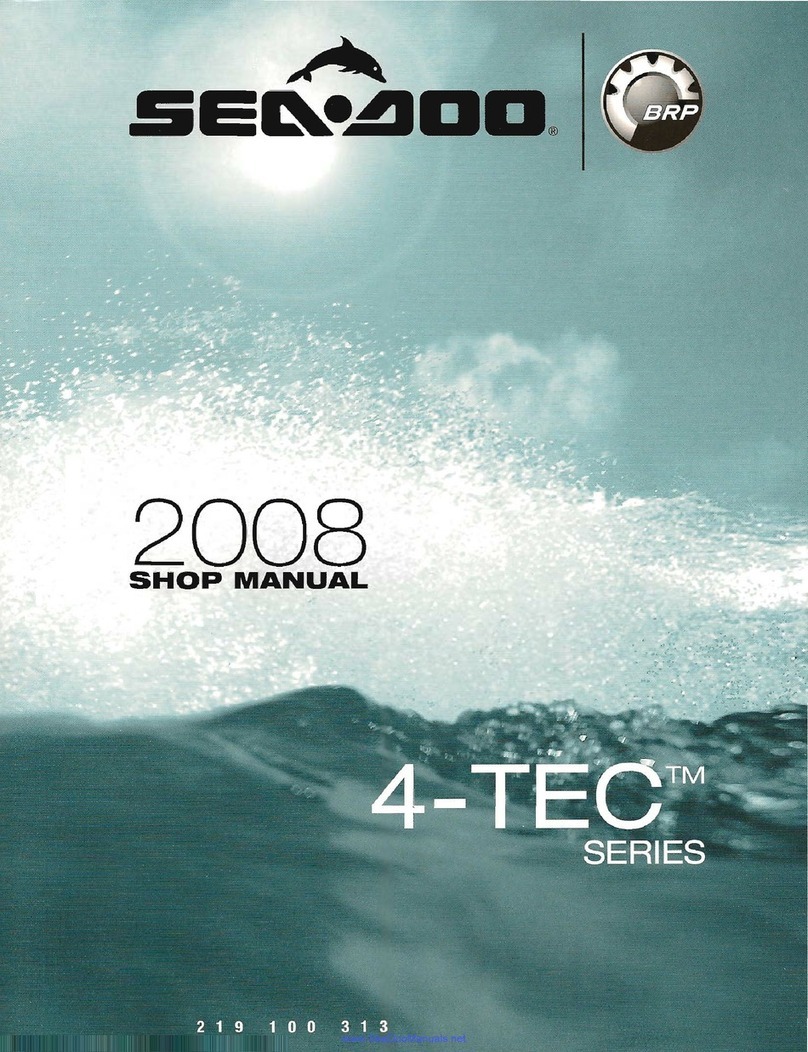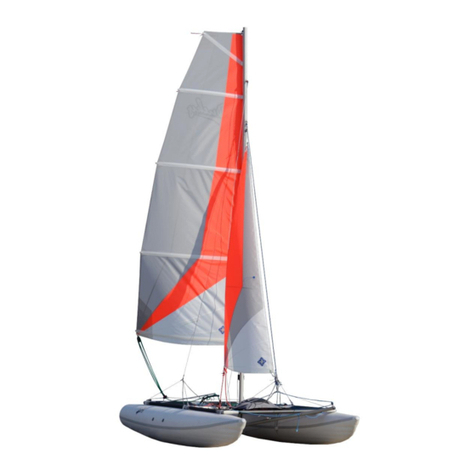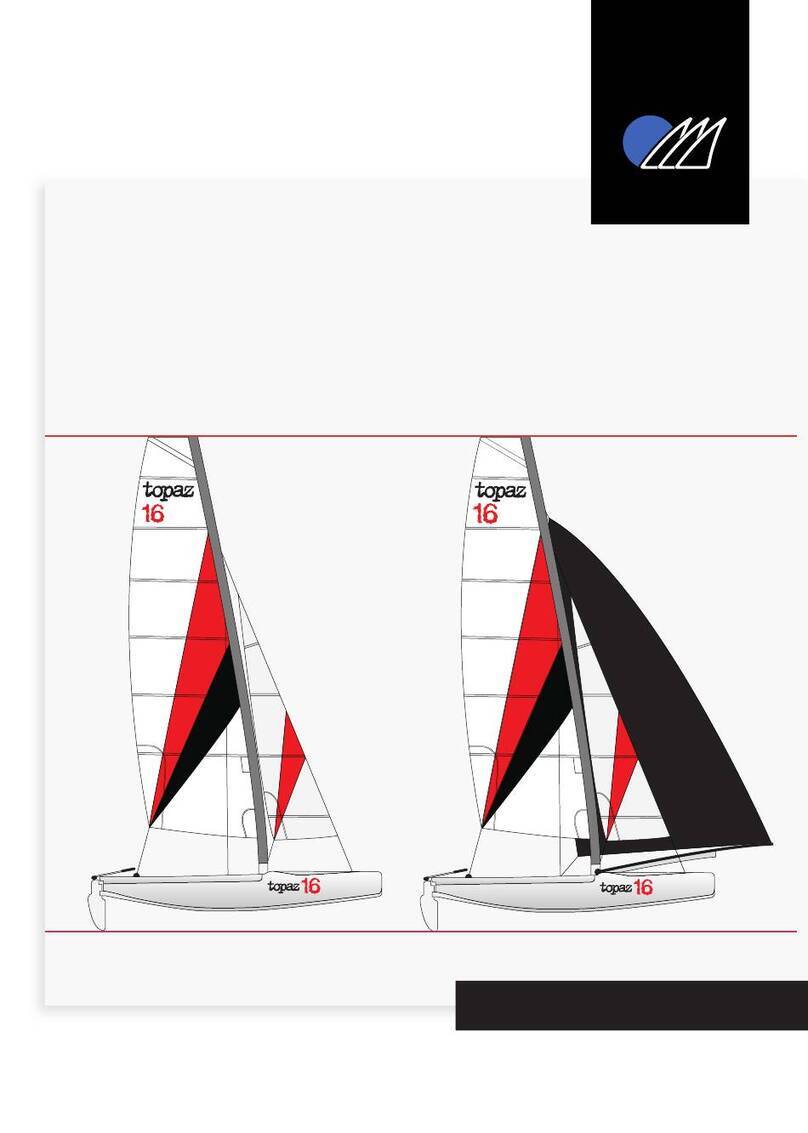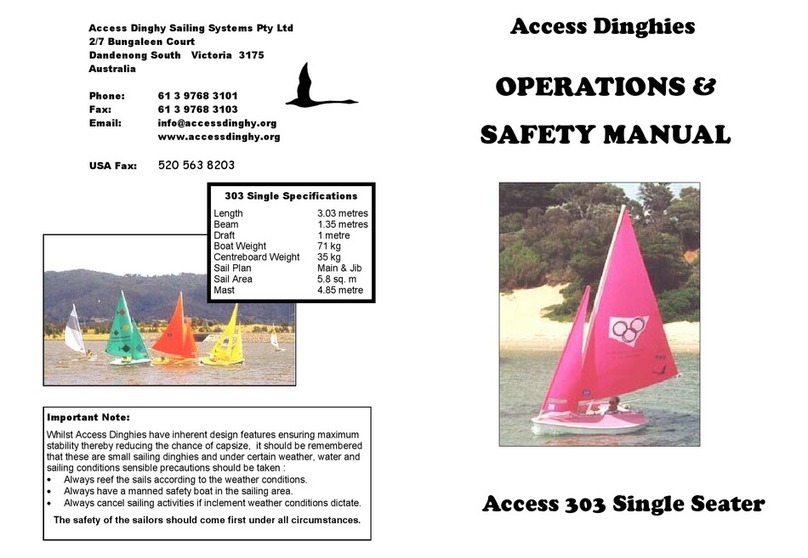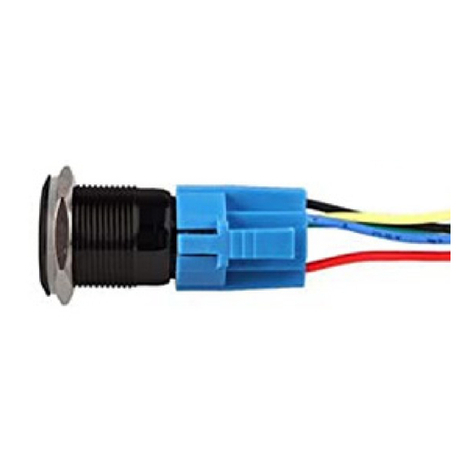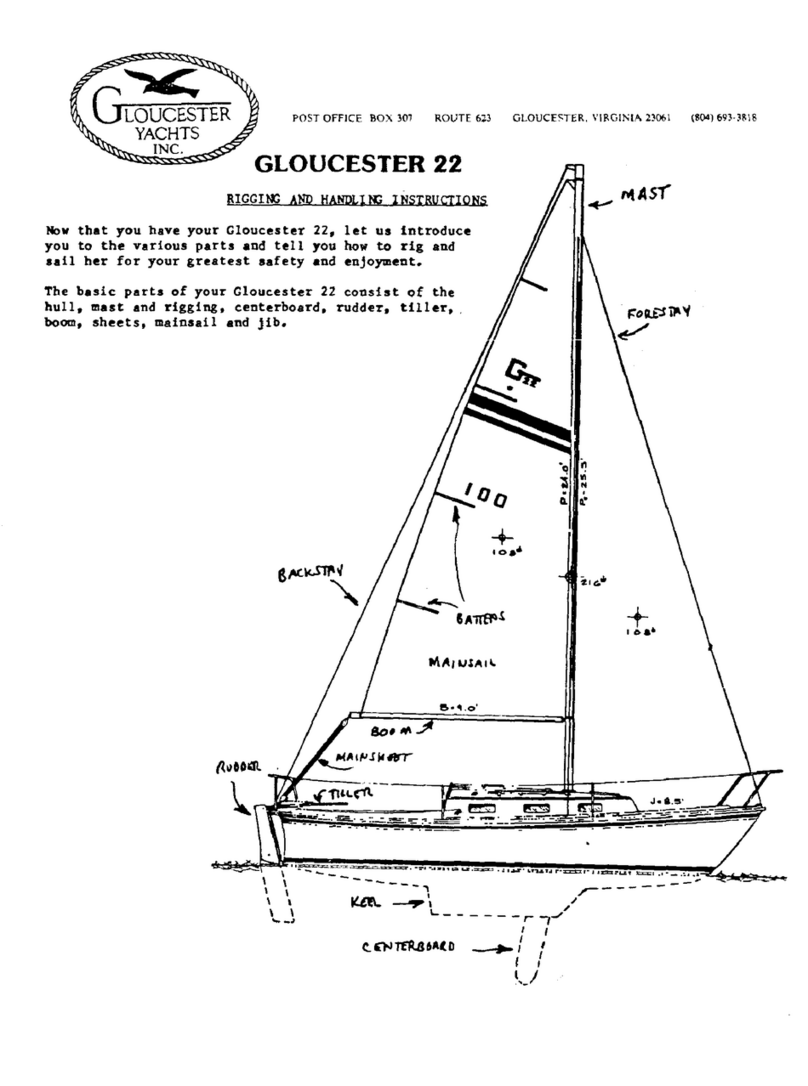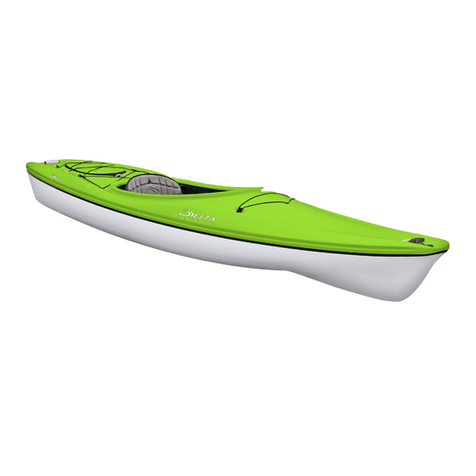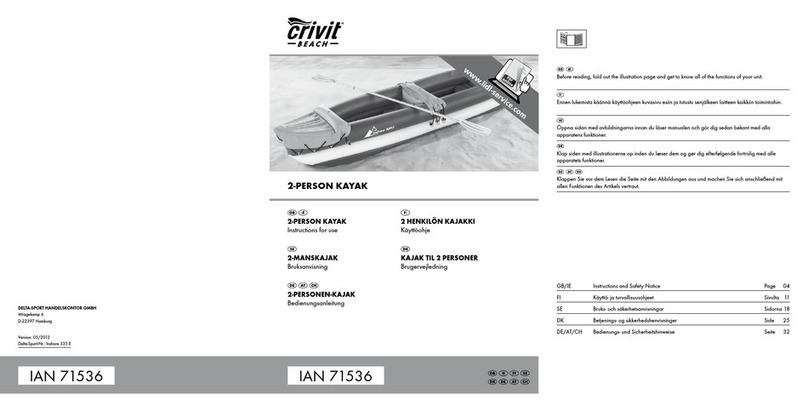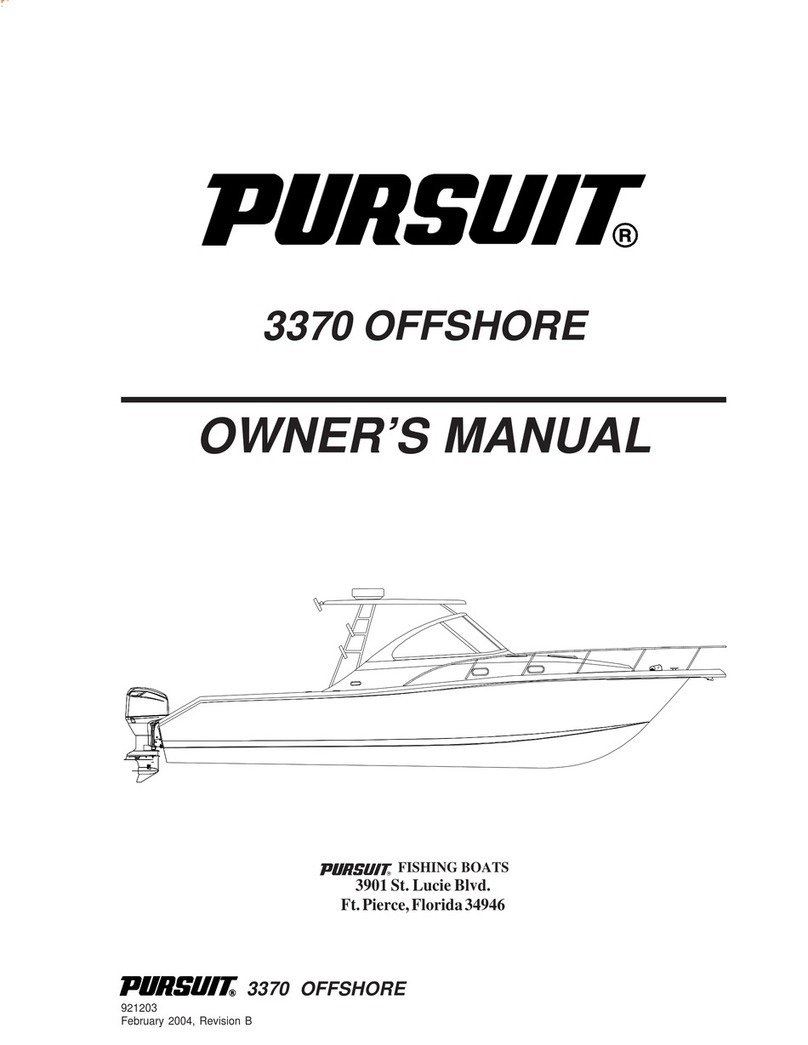14 SAFETY INFORMATION
BBEEFFOORREE YYOOUU GGOO
WWAARRNNIINNGG
DDiissrreeggaarrddiinngg aannyy ooff tthhee ssaaffeettyy
pprreeccaauuttiioonnss aanndd iinnssttrruuccttiioonnss ccoonn--
ttaaiinneedd iinn tthhiiss sseeccttiioonn ccoouulldd ccaauussee
iinnjjuurryy iinncclluuddiinngg tthhee ppoossssiibbiilliittyy ooff
ddeeaatthh..
OOppeerraattiinngg AAggee aanndd AAbbiilliittyy
Operators must be qualified. Make
sure the operator is 16 or older and
has taken a boater safety course.
Your state (or province) may have ad-
ditional requirements. Laws regarding
the minimum age and licensing re-
quirements vary from one jurisdiction
to another. Be sure to contact the local
boating authorities for information re-
garding the legal operation of a water-
craft in the intended jurisdiction of
use.
Operation of this watercraft with a dis-
ability that impairs vision, reaction
time, judgment, or operation of the
controls is not recommended.
Remember that sun, wind, fatigue or
illness may impair your judgment and
reaction time.
Each passenger should be able to use
the handhold under the seat when
properly seated. They should also be
instructed to grab the handrail if
needed.
DDrruuggss aanndd AAllccoohhooll
Never ride after consuming alcohol or
drugs. Riding on a watercraft requires
the operator and passenger (s) to be
sober, attentive and alert. The use of
drugs and alcohol, singly or in combi-
nation, decreases reaction time, im-
pedes judgment, impairs vision, and
inhibits your ability to safely ride on a
watercraft.
SSaaffee BBooaattiinngg CCoouurrsseess
Many countries recommend or require
a boating safety course. Check with
your local competent authorities.
AApppplliiccaabbllee BBooaattiinngg LLaawwss
Check boating laws applicable to the
waterways where you intend to use
your watercraft. Learn the local navi-
gation rules.
PPrrootteeccttiivvee GGeeaarr
Boat occupants (except children be-
low 12 years old) should wear a prop-
erly fitted Personal Flotation Device
(PFD) meeting local regulations espe-
cially when boating conditions are
hazardous.
If not required by law, and when the
water conditions are good, occupants
(except children below 12 years old)
may decide not to wear it, but they
MUST have quick access to their ap-
proved PFD
All children below 12 years old MUST
wear a properly fitted Personal Flota-
tion Device (PFD) meeting local regu-
lations at all times.
Footwear, gloves, safety goggles or
glasses can be worn. Wind, water
spray, bugs and speed may cause a
person’s eyes to water and create
blurred vision.
If you are planning a ride in cold
weather or water, consider adding ap-
propriate warm clothing. Not only will
it make your ride more comfortable,
but it may delay or protect you from
hypothermia if you fall into cold water.
Be prepared for changing conditions.
RReeqquuiirreedd EEqquuiippmmeenntt
As the owner of the watercraft, you
are responsible for ensuring that all
required safety equipment is aboard.
Check your local regulations about
requirements.
This could include:
– Fire extinguisher. Maintenance, re-
pair and refilling must be carried
out in accordance with the manu-
facturer’s instructions.




















